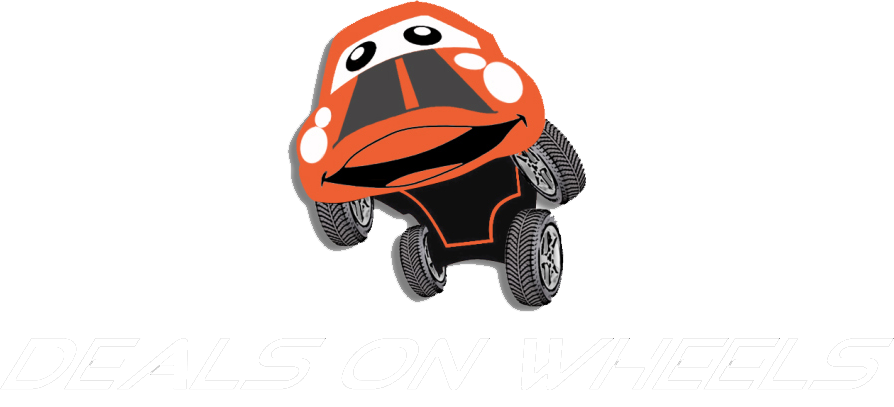
Highway versus In-Town Driving
If your vehicle has proper wheel balancing, then highway and in-town driving will cause pretty much the same wear on tires. Driving on highways at high speeds on a regular basis will cause your tires to wear out much faster though. That’s because the rubber attains a much higher temperature on the highway and it stays hot throughout the day, causing the rubber to break down quicker. If you’ll notice, the outside temp is always warmer on a highway than in a residential area. That’s true of the roadways as well. So be sure to check tires often if you’re putting lots of tough miles on them.
Related Post: How To Check Tire Wear
Over-inflation
If you notice that tires are wearing out faster in the center than on the outsides, you probably have your tires over inflated. This will also keep you from getting the best gas mileage. Other things that can cause unusual tire wear are:
• Misalignment
• Worn out shocks
• Not rotating tires regularly
A good way to prevent abnormal tire wear is to do a simple tire check about every 30 days. Walk around the vehicle checking air pressure. The correct air pressure for any car is usually printed on the driver’s side door jamb. Check the tread depth using the tried-and-true Penny method where you place a penny upside down between the treads. Part of Lincoln’s head should always be covered.
If you believe your tires are wearing out too quickly or abnormally, then get down to a local tire shop and ask them to check everything for you. Usually, there’s an easy fix like alignment or rotation.


One Response